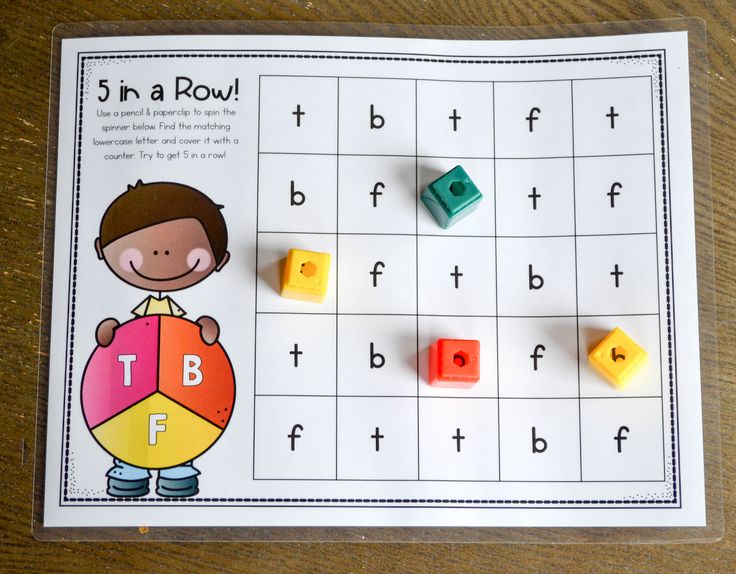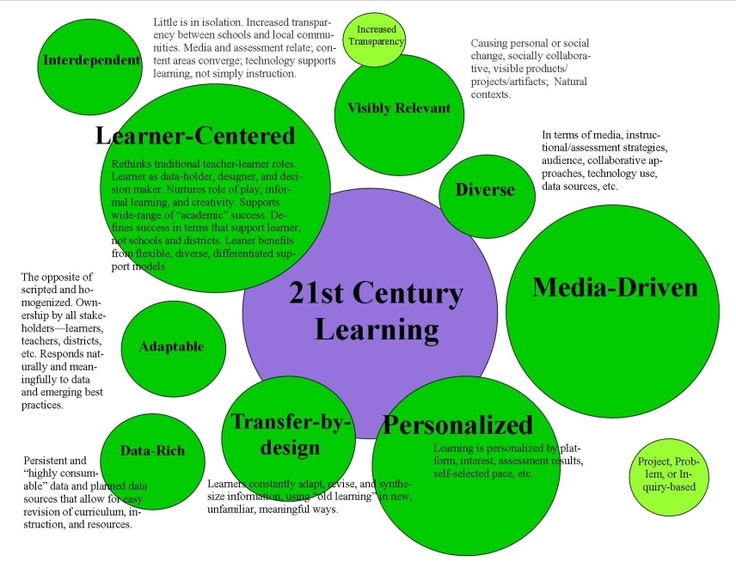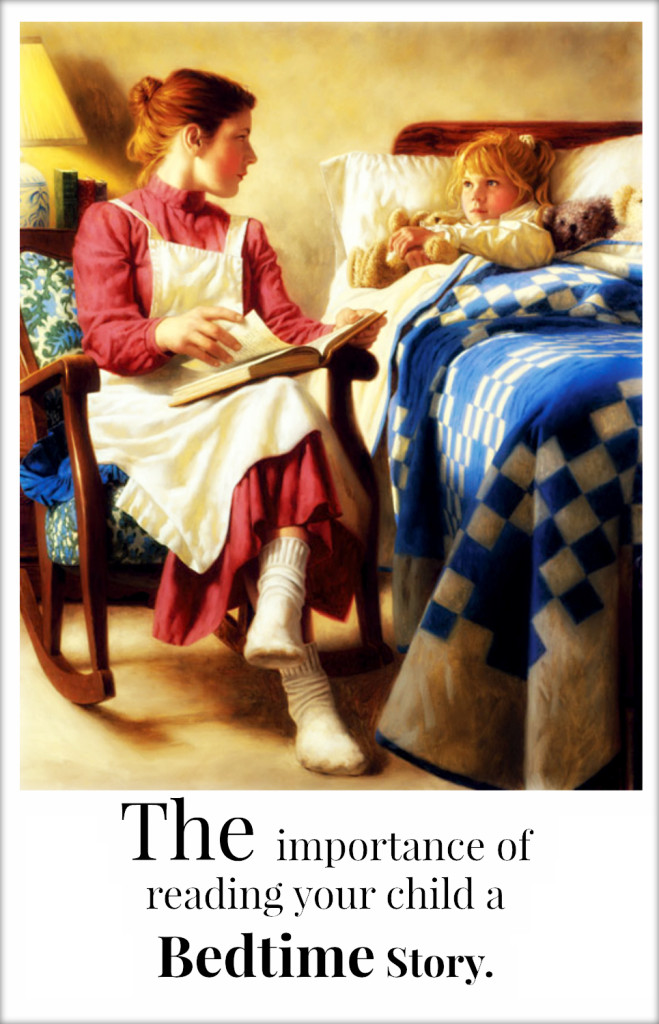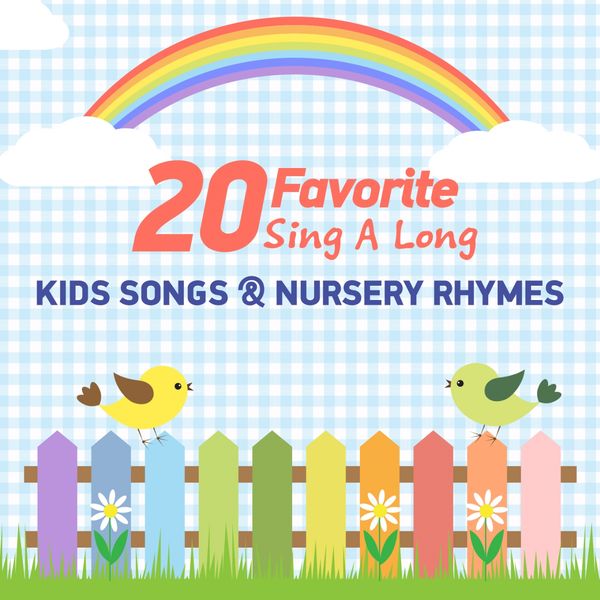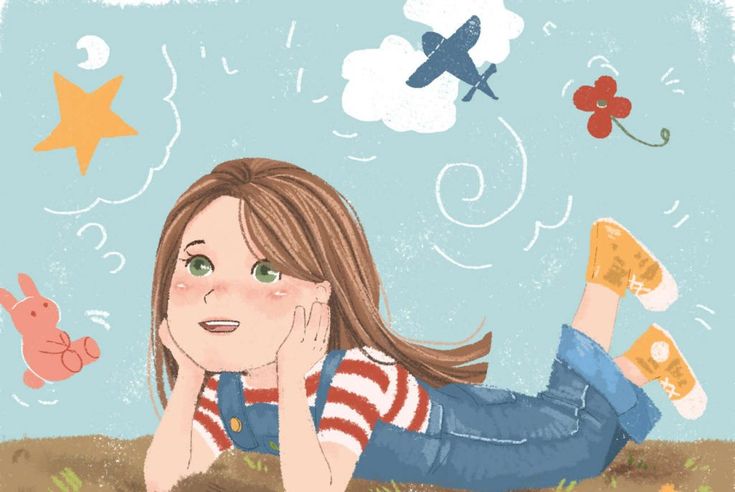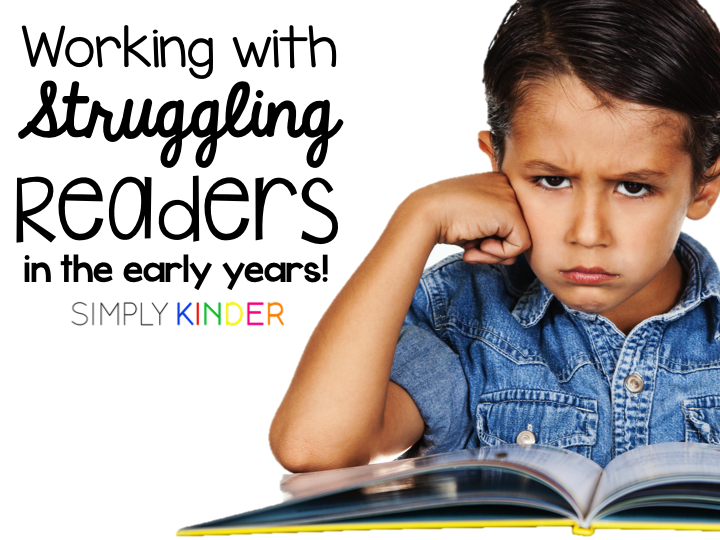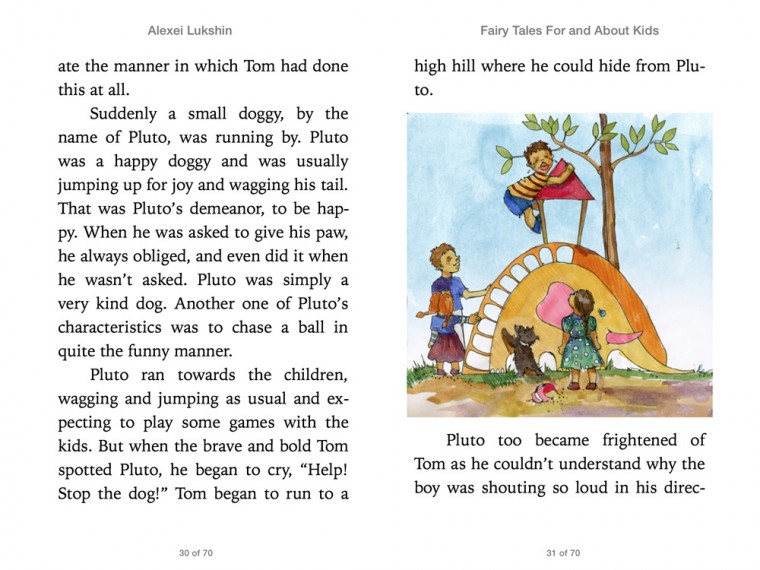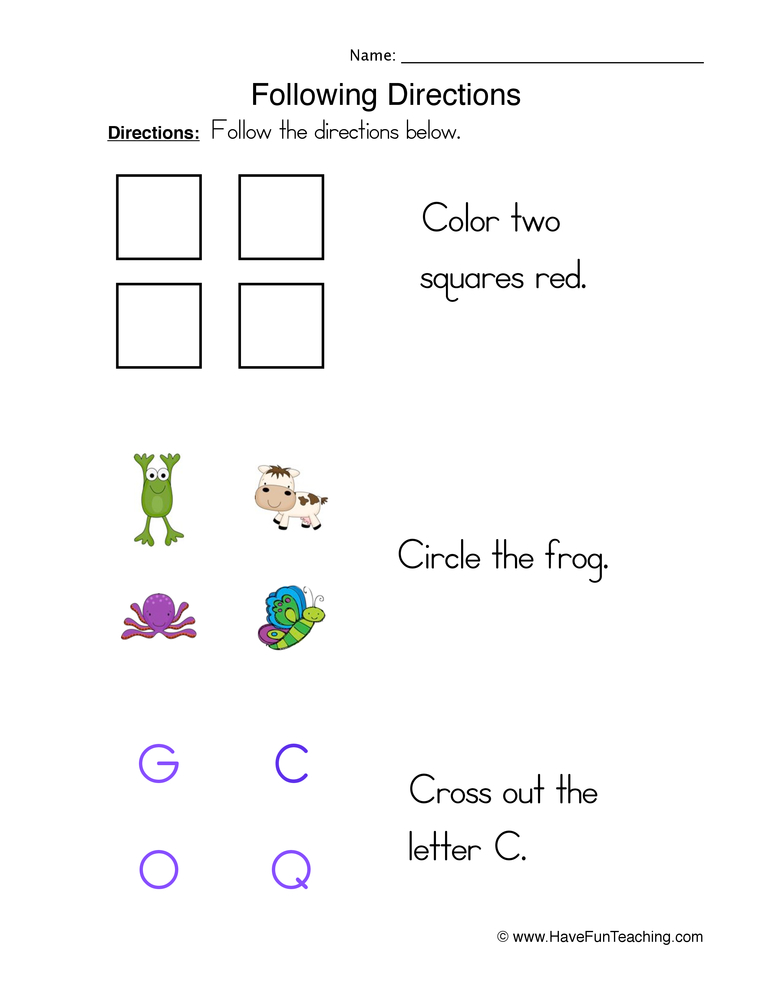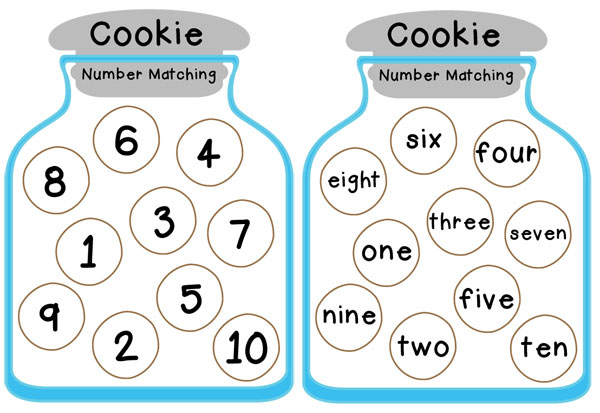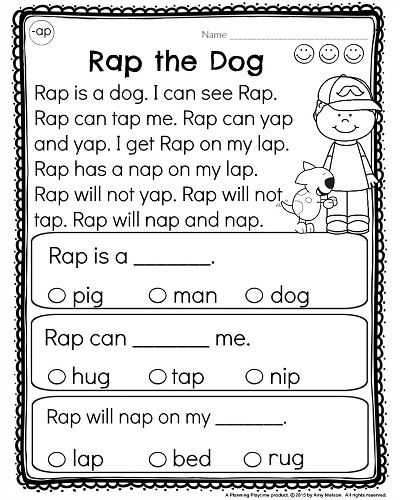Sounding letters games
6 Fun Letter-Sound Correspondence Games For Young Readers
What Is Letter-Sound Correspondence?
Letter-sound correspondence means exactly what the words say: It is the understanding that every letter corresponds to a specific sound or set of specific sounds.
Having a good grasp of letter-sound correspondence is crucial to learning to read. Think back to when you were learning to read. You were probably told to “sound out” words that were hard for you.
This was a good suggestion, but it required your knowing the letter sounds so that you could, sound-by-sound, figure out the unknown word.
That’s because letter-sound correspondence is at the heart of phonics and is the key to cracking the alphabetic code.
Is Learning Letter-Sound Correspondence Important?
This question gets an enthusiastic “yes” from us!
Without a solid understanding of letter-sound correspondence, children will struggle to learn how to read. They can end up relying on memorizing words, which will only work for a short time.
In order to read, then, your child must first see letters in a word, match each letter to a sound, and then blend those sounds to read the word. Eventually, this becomes automatic and reading becomes fluent.
We all know that a rock-solid foundation in the basics will encourage confidence, something your child will need in their toolbelt as they embark on their journey to becoming a strong, independent reader!
6 Fun And Easy Letter-Sound Correspondence Activities
1) Say The Sound
This first activity is simple but fun and effective!
To begin, you’ll give your child a letter. Feel free to use any kind of letter you want — cut one out of cardstock, draw one on a piece of paper, etc. — but those magnetic letters that stick on the fridge may work best.
The goal of the game is for your child to say the sound that matches the letter you hand them. (Hint: you may have to remind your child not to use the letter name but only the letter sound.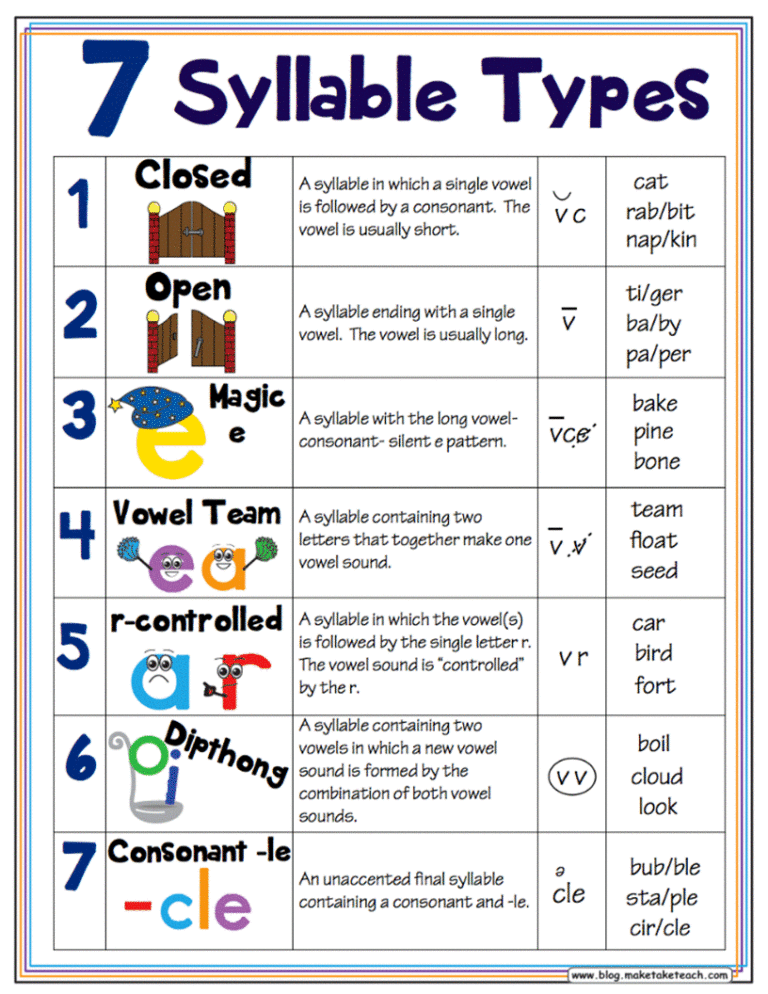 )
)
If they say the right sound, they get a point!
To make it more interesting, you can set a specific number of points for your child to reach. Once they reach 10 points, for example, they win the game!
2) Goldfish Toss
For this activity, your child can get a little more physical! If you’d like to give it a try, gather a big bowl and a pile of Goldfish treats (or any other small snack that’s easy to toss if you don’t have Goldfish crackers on hand).
When you’re ready to begin, say the name of a letter and let your child give the matching sound. When they say the correct letter sound, they get to throw a Goldfish cracker into the bowl.
The goal is to fill up the bowl with as many Goldfish as they can. And at the end of the game, you can go straight into snack time!
3) Letter Hop
The best part of this activity is that it gets your child moving and jumping. Not only will their brain be working, but their body will be, too!
For this game, you’ll need several target letters — B, T, and M for instance. Write each one on its own sheet of paper.
Write each one on its own sheet of paper.
To begin, hold up one of the letters and say a sound. If the sound you said matches the letter you’re holding, then your child can make one giant hop toward you. Continue with another letter or repeat the same letter.
As your child gets better at the game, you can say a word instead of a sound. If the first sound in the word matches the letter you’re holding, then your child gets to hop.
The goal is to reach you in less than 10 turns. For even more fun, involve multiple kids and see who can reach you first!
4) Letter-Sound Treasure Hunt
This activity is another simple but effective one. It’s like your child’s very own letter-sound correspondence treasure hunt!
To play, you’ll need several magnetic letters and a pillowcase. Drop all of the letters into the pillowcase, and then say a letter sound.
The goal is for your child to grab one letter at a time — for more of a challenge, doing so without looking! — until they pull the matching letter out of the bag.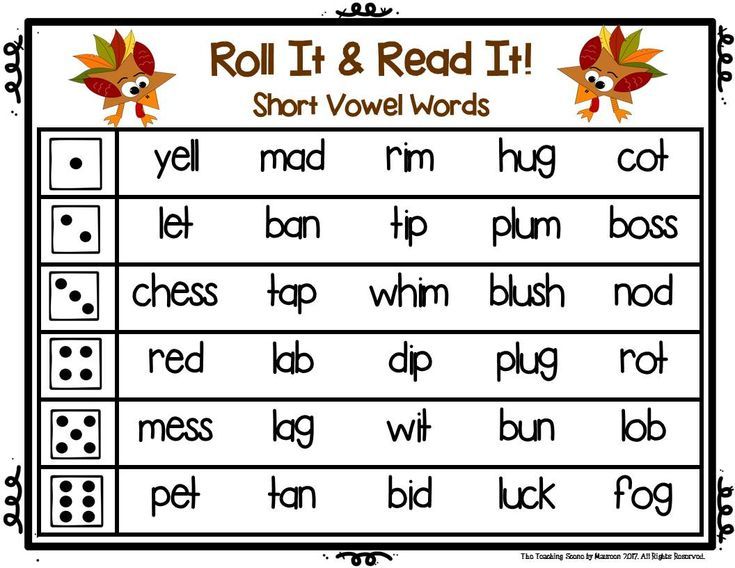
5) Limbs And Letters, Oh My!
For this game, your child won’t just hear the letter-sound correspondence with their ears. They’ll make it with their arms and legs, too!
Every time you say a letter sound, your child will try their hardest to twist their body to make the shape of the letter that matches the sound they heard. This is sure to end in fits of laughter as they wiggle across the floor to bend their body into an “S” shape.
You can take turns making shapes with your bodies and contorting yourselves to look just like the alphabet! And feel free to partner up if your child can’t quite make the shape of a letter with only their body.
6) Muffin Pan Challenge
If you’re interested in trying this activity, you’ll need six letters, a muffin pan, and two sets of different small objects (coins and paper clips work great!).
To play, you will use one of the objects, while your child uses the other. You could be coins and your child could be paperclips, for example.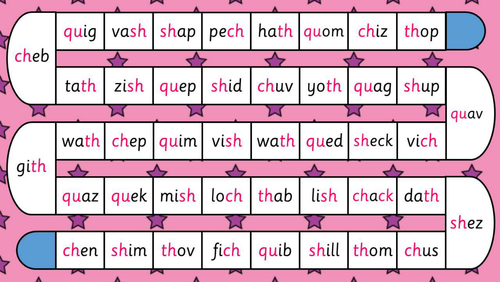
Place a different letter in each cup of the muffin pan. Say the sound of one of the letters and let your child try to drop a paperclip into the right cup. If they succeed, they get to claim that cup!
Next, your child can say the sound of one of the letters and have you toss a coin into the corresponding cup. (It doesn’t hurt if you have a LOT of trouble getting your coin in the right cup!) When you get the letter correct, you claim the cup.
When all the cups are full, whoever has the most items in the pan wins. And then, while you’ve got it out, maybe you can use the muffin pan to make a sweet treat together!
Letter-Sound Correspondence For A Bright Future
We hope that these activities were helpful! Remember, all children are unique. A letter-sound correspondence game that works for one of your children may not do the trick with their siblings.
Don’t fret! There’s a perfect fit for every child. And we know that with you guiding them, your child will master letter-sound correspondence in no time!
At HOMER, we’re always here to lend a helping hand, and we would love to be a part of your routine! Our Learn & Grow app offers tons of personalized, effective activities to develop your child’s reading skills — letter-sound correspondence included!
Author
50 ABC Letters and Sounds Games • Kids Activities Blog
Today we have a whole bunch of alphabet fun with letter and sounds learning games and activities for toddlers and preschoolers to help you young students prepare to read with fun pre-reading playful learning ideas.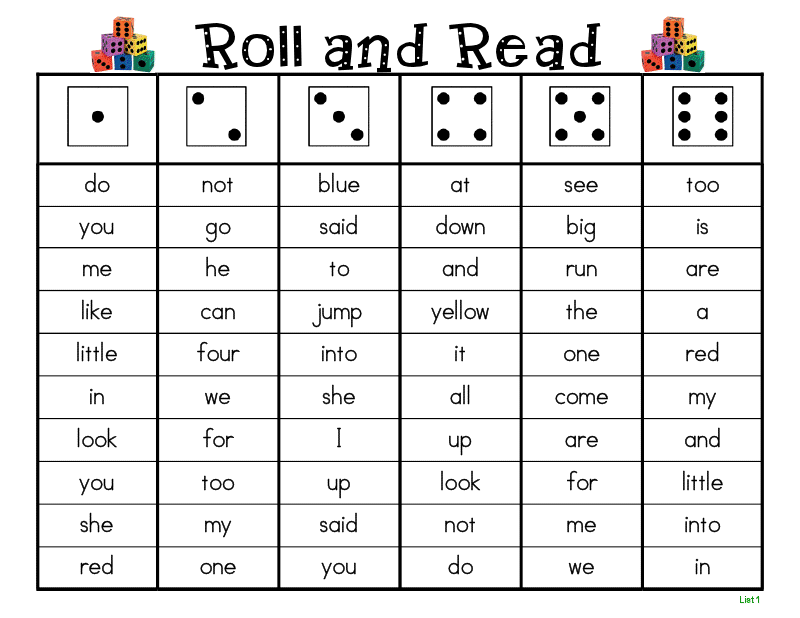
ABC Games & Alphabet Sounds
Many parents have kids that are soon to enter kindergarten for the first time and are wondering what their kids should know before they head out to school on their own.
As a mom who once taught Kindergarten, I always wanted to make sure my kids are well-prepared and ready to begin their school career with a bit of an advantage by knowing their letters and sounds.
Related: Grab our free Kindergarten readiness checklist as a guide
I have seen the value in children knowing their letters early.
That said, I also recognize that kids are kids, and I want to make sure they have time to play – both independently and with me.
Let’s learn our alphabet through playing games!Learning Through Alphabet Games
Children acquire knowledge through play, so learning letters at our house is rarely a sit down structured time.
It’s a time of play and games!
The kids have fun and don’t even realize they are learning at the same time. I don’t believe we should leave teaching up to the schools. You get the great honor of being an educator of your child, and you can supplement what is happening at school by engaging your child in enjoyable yet educational ways.
I don’t believe we should leave teaching up to the schools. You get the great honor of being an educator of your child, and you can supplement what is happening at school by engaging your child in enjoyable yet educational ways.
Related: Check out our huge abc letters resource that has letter activities, letter crafts, letter printables and more for every letter of the alphabet!
I hope these resources help you feel equipped to take the reins in your own child’s education.
This article contains affiliate links.
Let’s play a hands on letter game!Hands On Letter Games
1. Letter Toss Game
Muffin Tin Learning – Want to make learning fun? This game involving throwing pennies and will keep your kids engaged. They will barely know that this is actually a lesson.
2. Growing Letters Game
Alphabet Flower Garden – This garden is full of letters and learning opportunities. It is definitely a great way to explore and grow in alphabet knowledge.
3. Unlimited ABC Games for Kids
ABC Mouse – This site gives kids tons of alphabet and phonics practice through interactive games and printables.
4. Matching Letter Game
Magnetic Alphabet Board – This letter matching activity is self-contained and is a tool to get kids to match up letters and help with identification.
5. Touch and Feel the Alphabet Game
Play Dough and Magnet Letters – Letting kids explore using their senses is a great way to learn. Play Dough is a tactile way to watch this happen.
–>Need a Set of Alphabet Magnets? I like this Magnetic Letters Alphabet Fridge Magnets Set that comes in a handy carrying tub.
6. The Great Alphabet Race
Race the Alphabet – Do you have race tracks and a child that loves playing with cars? This activity is for you! If you don’t have your own track, here’s another version.
Let’s have some fun with preschool learning games & our ABC’s.Preschool Alphabet Games
7.
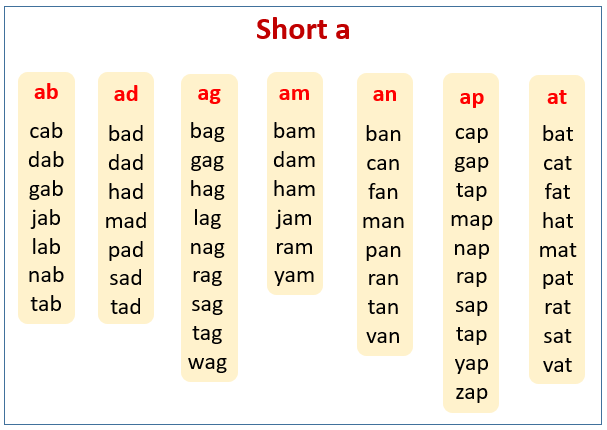 Fishing for Letters
Fishing for LettersMagnet Letter Fishing – Take your magnet letters and make a simple fishing pole. With a pond full of letters, your kids will have a lot of fun casting their line for another catch.
8. Pirate Vowel Game
Gold Coin Vowel Sound Drop – Your little pirate will have fun learning his or her vowels be playing this game.
9. Letter Stacking Game
ABC Letter Stack Game – Stacking up letters has never been so fun. They get to stack and stack until they fall, which I am sure will become the favorite part.
Related: Use these with our playful preschool homeschool curriculum
10. It Begins With…
Initial Sounds Blackout Game – Want kids to be able to identify the beginning sounds of words? This fun game will help them do exactly that.
–>Need a Wooden Alphabet Set with Flashcards? I really love the cuteness of this Tangame Wooden Magnetic Letters Alphabet Refrigerator Magnet Flash Cards for Preschool Kids that comes in a magnetic tin.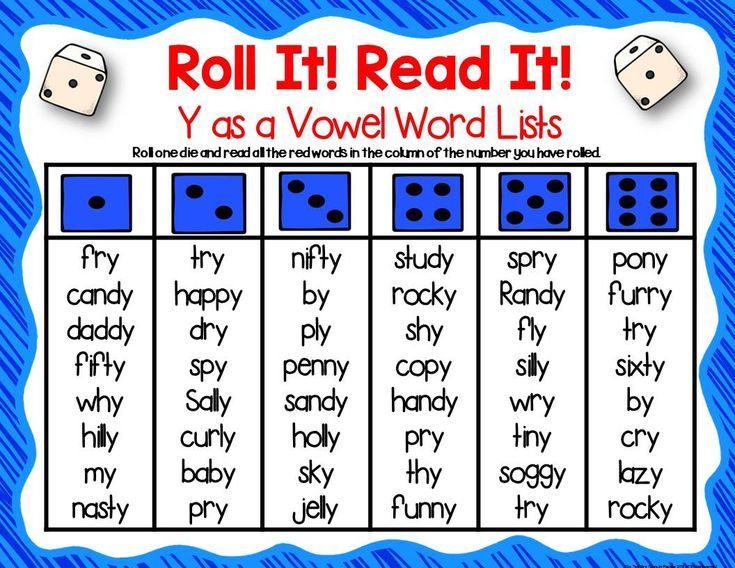
11. Letter Scavenger Hunt
Architecture Letter Scavenger Hunt – Have you seen those photos that find letters in architecture? Your kids get to go on their own letter scavenger hunt with this fun activity.
Let’s play a creative alphabet game!Creative Letter Games for Alphabet Sounds
12. Interactive Alphabet Learning Games
A-Z Letter Learning Activities – This post brings you over 90 activities for each and every letter of the alphabet. What a great resource!
13. Climb the Word Ladder
Word Ladder – Kids get to “climb” to the top of the ladder as they successfully identify letters and sounds. They don’t need to worry if they “fall,” they have the opportunity to try again.
14. Flashlight Alphabet Game
Flashlight Alphabet Game – My kids are obsessed with flashlights. I know my preschooler would love this game!
–>Need Foam Alphabet Letters for Practice? This Gamenote Classroom Magnetic Alphabet Letters Kit comes in a plastic organization case and magnet board and would be great for home too.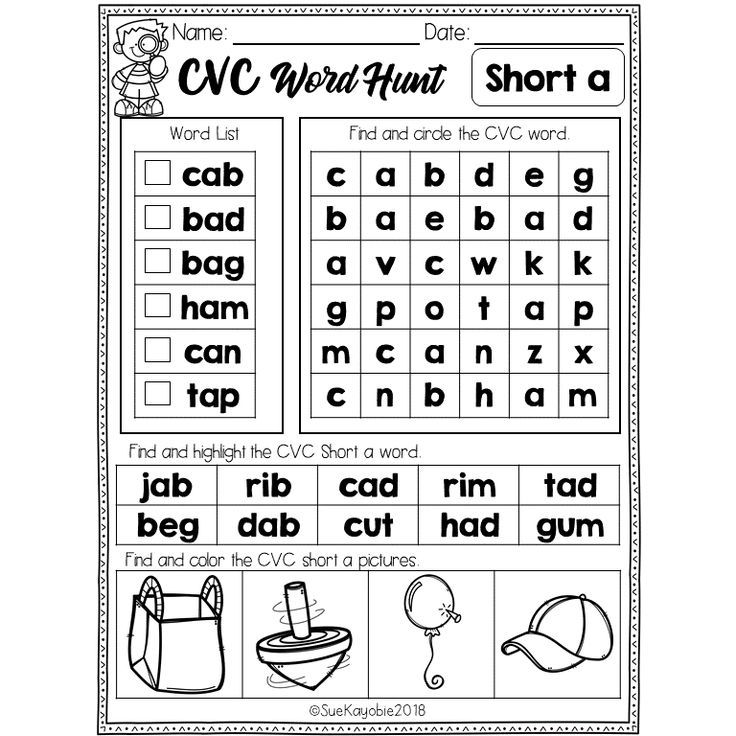
15. Make a Letter Game
Letter Formation Activity – Using materials you probably have at home, your kids will have a lot of fun forming their letters.
16. Hungry Hungry Letters Game
Alphabet Monster – This hungry monster will only eat letters if you can say the name or sound of a letter. What a fun craft to make that also turns a great letter learning opportunity.
Let’s play a game that helps us learn letters!ABC Games that Help Kids Learn Letters and Sounds
17. Let’s Host a Reading Hop
Reading Hop – This letter learning game will keep your kids active and hopping all around. If you are looking for a way to take learning outdoors, you have found it.
18. Alphabet I Spy
Alphabet “I Spy” – Take the classic and beloved game of “I Spy” and turn it into an alphabet search activity. Brilliant!
19. Can You Catch the Letters Game?
Runaway Letters Game – Your child gets a chance to grab letters and runaway while you creativity beacon the letter’s return.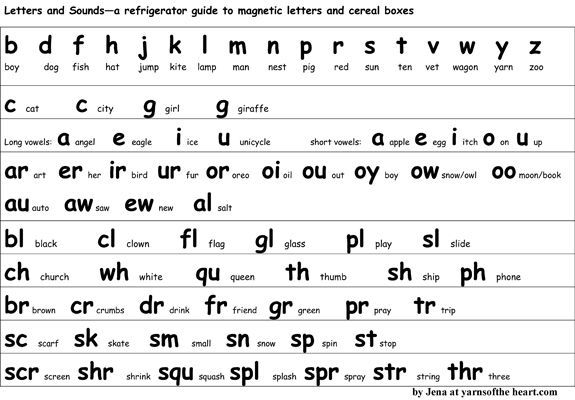 This is a great way for moms, dads or teachers to interact with their kids during the educational process.
This is a great way for moms, dads or teachers to interact with their kids during the educational process.
–>Need a Fun ABC Game? I love this ABC Cookies Game from Goodie Games that is a fun alphabet learning game for toddlers and preschoolers.
20. LEGO Spelling
Lego Spelling – If you add letters to duplex legos, you have a great way to work on sounds and words.
21. Letters Inside of Letters Activity
Making Letters with Letters – Learning letters will be reinforced over and over again as your kids use letters from magazines to create their own larger letters.
Fun Pre-K Learning games for kids!ABC Games for Pre-K
22. Letter Swat Game
Spider Letter Swat – Kids will enjoy learning their letters as they swat away at the flies in this entertaining game.
23. Letter Squirt Game
Squirt the Letter – This is a game I know my son, especially, would love. He loves anything squirt gun and anything water.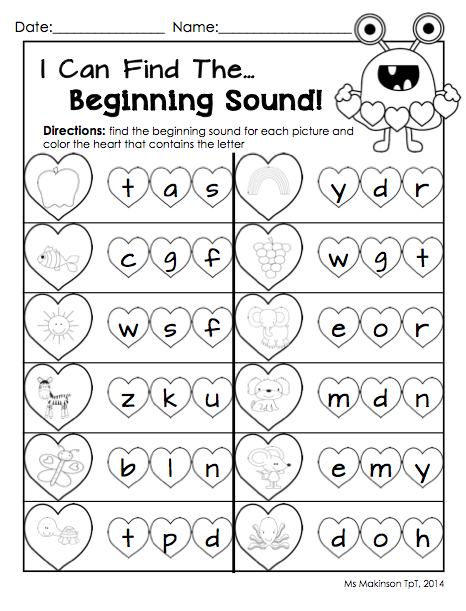 Squirting the correct letter is right up his alley.
Squirting the correct letter is right up his alley.
24. Letter Lacing Activity
Letter Lacing – This letter lacing, quiet bag activity works on fine motor skills while also developing the skills needed to develop in reading.
–>Need Letter Lacing Cards? I like this wooden set from Melissa & Doug that has both animals and letters on the sturdy lacing cards.
25. Alphabet Sounds Race
Letter Sounds Race – Get your kids moving with this letter sounds race. This is a great learning opportunity for your active kids! More alphabet sound learning activities are fun too!
26. Disappearing Letters Game
Disappearing Letters – Kids will learn to love to trace their letters as they see the trick to making them disappear.
Let’s play ABC Learning Games!Alphabet Games for Learning
27. The Game of Bang
Bang – Bang is a letter identification game that will be a lot of fun for the little gamers in your life.
28. Letter Chomp Game
Mr. Shark Alphabet Chomper Game – I love the idea to make a shark out of an envelope in general. Add the learning aspect of having the shark chomp letters, and you have a great game.
29. Letter Tiles Activity
DIY Bananagrams Letter Tiles – Here’s a really smart way to make letter tiles. You can turn them into magnets or play the classic Bananagram game with your creation.
–>Need a Bananagram Game? Here is the original Bananagram game for kids.
30. Make Pretzel Letters
Soft Pretzel Letters – Kids can learn their letters as they have fun making pretzel dough. Through using both the sense of touch and taste, this becomes a fun activity for all.
31. Travel Alphabet Game
Alphabet Words Game – This is a learning game that can be taken anywhere. Keep your kids occupied working on their letters at restaurants, home, car rides and more.
Let’s play letter and sound games!ABC Games for Letters and Sounds
32.
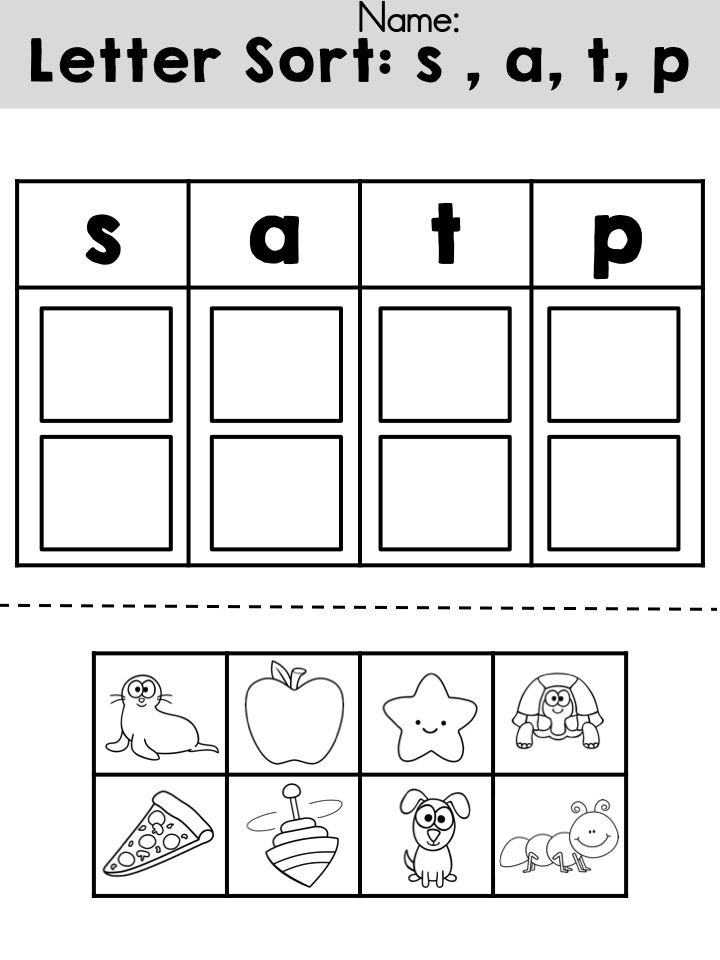 Touchy Feely Letters
Touchy Feely LettersSensory Bins with Letters – Sometimes the best way to help kids learn is to let them explore. This sensory bin will help kids do just that.
33. Alphabet Seek & Find
Seek-N-Find Alphabet – This letter game is like an eye spy for letters. It involves a plastic tube (easily substituted by a water bottle), and will keep your kids searching for their letters for quite some time.
34. Letter Formation Fun
Tactile Writing – Kids learn to write letters as they use rice and paint to feel their way through the process or writing.
–>Need a Wooden Letter Matching Set? I like this durable Alphabet flash cards and wooden letter puzzle set from LiKee Alphabet.
35. Homemade Domino Letter Fun
Craft Stick Dominos – These craft stick dominos are an easy, homemade version of a domino game with a focus on learning letters and matching symbols. What a fun idea.
36. Flashcard Games
ABC Flashcards – Flashcards can be used by a variety of games and activities like flashcard basketball.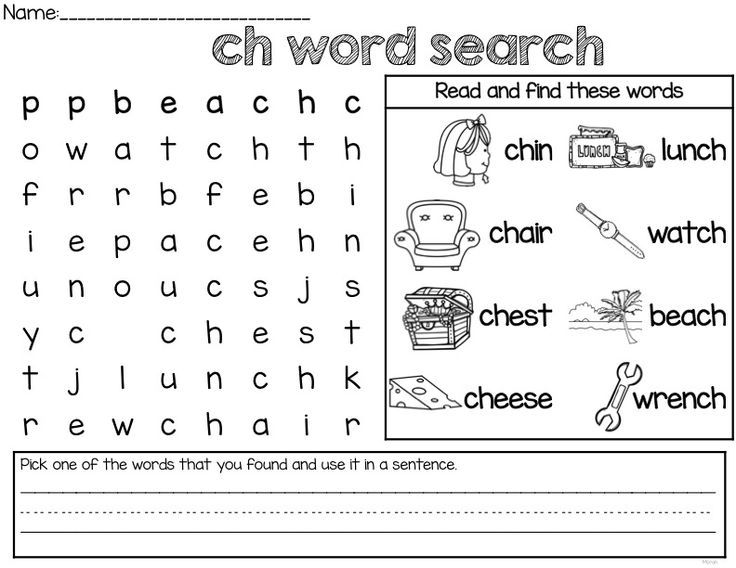 These ones are free. And so are these kids alphabet cards you can download & print instantly.
These ones are free. And so are these kids alphabet cards you can download & print instantly.
Related: Here are a bunch of ideas for flash card games for kids
Let’s play some more abc games!How to Help a Child Learn Letters and Sounds Through Play
37. Make a Sun-Powered Letter Puzzle
Make a DIY shape puzzle using the sun with alphabet letters for a really fun matching game you can play inside or out. Or use this method without the sun to make this fun abc matching game for kids.
38. Collect Alphabet Treasures
Use these free alphabet labels to create small containers for each letter of the alphabet for a special letter collection activity!
39. Make Easy Alphabet Crackers
Making alphabet crackers has never been easier or more fun!
–>Need an Alphabet Snack? I like these Happy Tot Organics ABC Multi-Grain Cookies…yum!
40. Play Alphabet Zipline!
Use these alphabet printable letters to create your own alphabet zipline in your living room.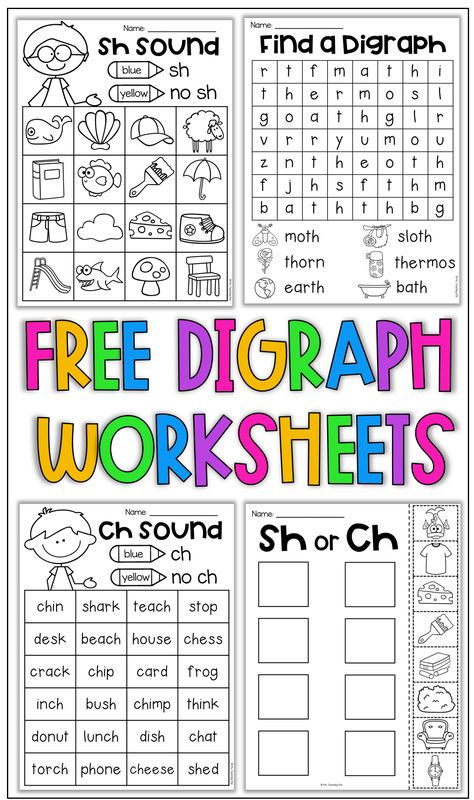 It is really fun.
It is really fun.
41. Play a Silly Letters Game
Try these alphabet games for preschool that are full of fun and a little silly…
42. Make Pipecleaner Letters!
Try to do some fun abc formation with pasta and pipe cleaners which is a fun way to explore letter shapes.
43. Make Bathtub Alphabet Soup
Use bath letters for a big big big batch of bubblebath alphabet soup {giggle}.
44. Color a Letter Coloring Page
- Letter A Coloring Page
- Letter B Coloring Page
- Letter C Coloring Page
- Letter D Coloring Page
- Letter E Coloring Page
- Letter F Coloring Page
- Letter G Coloring Page
- Letter H Coloring Page
- Letter I Coloring Page
- Letter J Coloring Page
- Letter K Coloring Page
- Letter L Coloring Page
- Letter M Coloring Page
- Letter N Coloring Page
- Letter O Coloring Page
- Letter P Coloring Page
- Letter Q Coloring Page
- Letter R Coloring Page
- Letter S Coloring Page
- Letter T Coloring Page
- Letter U Coloring Page
- Letter V Coloring Page
- Letter W Coloring Page
- Letter X Coloring Page
- Letter Y Coloring Page
- Letter Z Coloring Page
45.
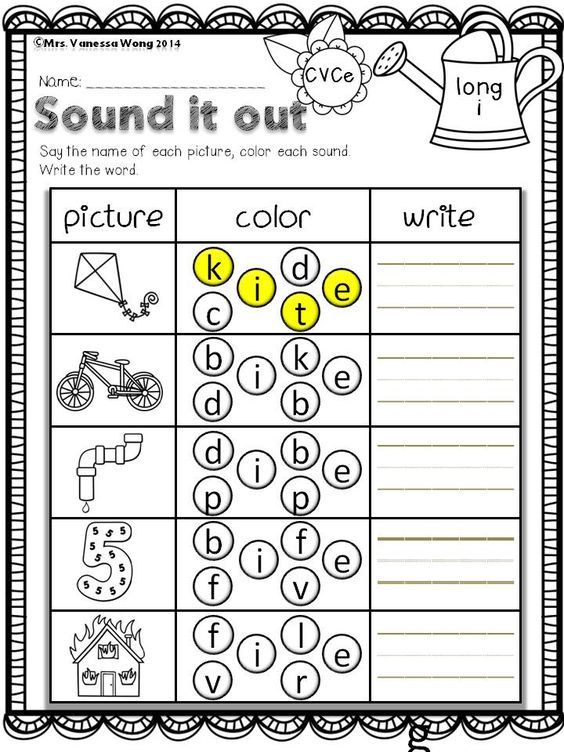 Let’s Play with Playdough!
Let’s Play with Playdough!These playdough pre writing activities are both fun and super hands-on learning.
Let’s make a yummy…I mean gummy…alphabet!46. Make Gummy Letters
This sour gummy recipe makes the cutest alphabet letters to learn and eat!
47. Try a Fun Alphabet Activity Book
There are so many quality workbooks for kids on the market right now so we narrowed it down to some of our favorites that just might fit your kid.
Let’s find the letters and make pictures with crayons!48. Color by Letter Activities for Letter Recognition Fun
We have a whole bunch of color by letter printable pages for kids that help them recognize letters while playing a game:
- Color by letter – A-E
- Color by letter worksheets – F-J
- Coloring by letters – K-O
- Color with letters – P-T
- Preschool color by letter – U-Z
49. Play the Missing Letter Game
Use one of our favorite preschool games, What is Missing? and use either letter flashcards or abc fridge magnet sets to create sequencing of the alphabet and then remove a letter or two.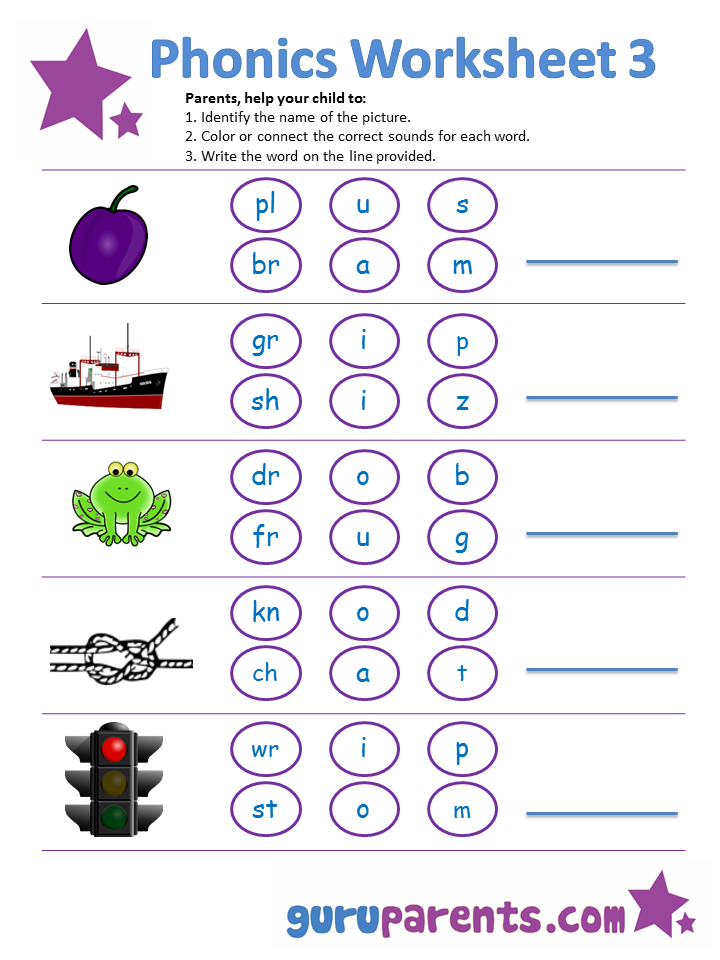
50. Play Alphabet Beach Ball Toss
Modify our fun sight word game with letters instead of sight words. Your beach ball can be covered with the letters of the alphabet for throwing and catching learning fun.
Games for ABC Sounds
51. Learn and sing the ABC sounds song
I love this fun song from Rock ‘N Learn that goes through the entire alphabet with sounds for each of the letters.
52. Play an online ABC sounds game
Monster Mansion is a free online alphabet match game that kids can learn the abc sounds and match them with the proper letter on the proper monster!
53. Print & Play a letter sounds game
Preschool Play and Learn has a really colorful and fun letter sounds board game you can print and play at home or in the preschool classroom.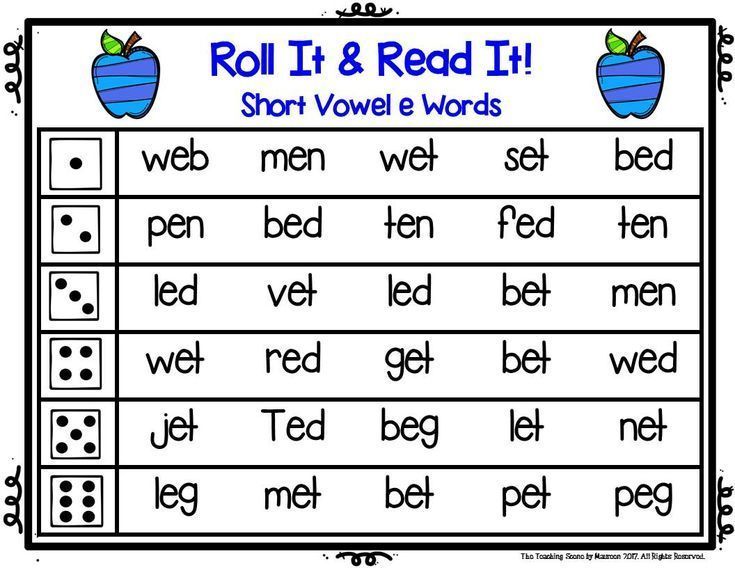 Each player will pick up a card and identify the letter and /or say the sound that the letter makes.
Each player will pick up a card and identify the letter and /or say the sound that the letter makes.
More Learning Games from Kids Activities Blog
- Now that we learned out letters, don’t miss out on our number activities for preschoolers!
- When your child is ready, we have a big giant list of sight word activities that are fun too!
- We have some really fun games teaching kids how to read a clock.
- My favorite massive resource of fun is our kids science games here at Kids Activities Blog.
- It doesn’t have to be October to play some frightful Halloween games.
- Let’s play math games for kids!
- If you need to work out the wiggles, we have the best indoor games for kids.
What was your favorite abc game? Did we miss some alphabet activities that you do with your kids?
Ball games aimed at the formation of the correct sound pronunciation and the development of phonemic hearing.
At the beginning of the school year, we introduce children to vowel sounds.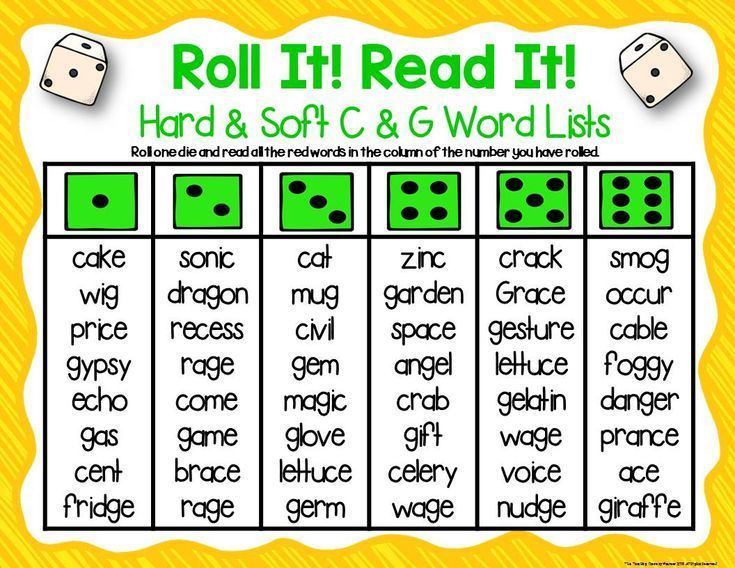 On this topic, children are offered a wide variety of games and exercises. Vowel sounds are the foundation on which all work on the development of phonemic processes in children is based. Having mastered this topic, children, as a rule, master the sound analysis and synthesis of words well, and therefore, in the future, it is easier to learn literacy material. All work on vowel sounds is fixed in ball games.
On this topic, children are offered a wide variety of games and exercises. Vowel sounds are the foundation on which all work on the development of phonemic processes in children is based. Having mastered this topic, children, as a rule, master the sound analysis and synthesis of words well, and therefore, in the future, it is easier to learn literacy material. All work on vowel sounds is fixed in ball games.
In games number 1, 2 and 4, children train in a clear pronunciation of vowel sounds and their separation from the sound range. Smooth, long singing of vowel sounds is fixed in games No. 3 and 5. It is interesting that in these games children correlate the duration of rolling the ball with the duration of singing vowel sounds. All these games contribute to the development of a smooth exhalation, which is very important in working on sound pronunciation. We consolidate the ability to control the power of the voice in game number 7. In the group, children can be observed with a violation of the prosodic components of speech. These defects are very diverse. The child may speak very softly, almost in a whisper, or have a muffled, often nasal, voice.
These defects are very diverse. The child may speak very softly, almost in a whisper, or have a muffled, often nasal, voice.
The speech therapy group also includes children with rhinolalia after cheiloplasty and uranoplasty. All ball games aimed at singing vowels are useful for these children. K.S. Stanislavsky, characterizing the sound of the Russian language, figuratively said that vowels are a river, and consonants are banks, and without them our speech is a swamp. In our daily work on the correction of children's speech, we strengthen these "shores". Consolidation of the correct pronunciation of sounds and the development of phonemic processes can be carried out in ball games.
In game number 8, children select words for a given sound, pronounce these words clearly. The guys love game number 9 very much, which requires attention, a good level of development of phonemic ideas, the ability to highlight the sound at the beginning and end of the word.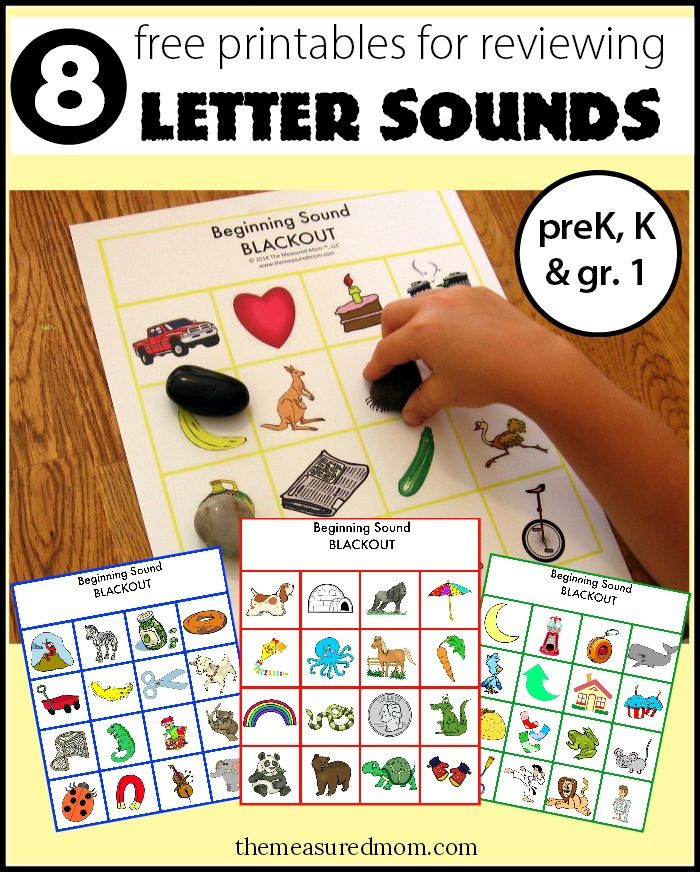 Game number 10 is fun, since the child can give answers to all questions of a speech therapist that begin only with the same specific sound. It is advisable to include ball game No. 11 in the lesson on differentiating sounds. This game can be used to differentiate any sounds (s-sh, sh-zh, r-l, s-zh, etc.). Children with phonetic and phonemic underdevelopment of speech may have difficulty dividing a word into syllables, learning words of a complex syllabic structure. Of course, to solve this problem, we use traditional techniques: slapping a rhythmic pattern, slapping and tapping the number of syllables in a word, building up syllables. The ball in such activities also plays a positive role.
Game number 10 is fun, since the child can give answers to all questions of a speech therapist that begin only with the same specific sound. It is advisable to include ball game No. 11 in the lesson on differentiating sounds. This game can be used to differentiate any sounds (s-sh, sh-zh, r-l, s-zh, etc.). Children with phonetic and phonemic underdevelopment of speech may have difficulty dividing a word into syllables, learning words of a complex syllabic structure. Of course, to solve this problem, we use traditional techniques: slapping a rhythmic pattern, slapping and tapping the number of syllables in a word, building up syllables. The ball in such activities also plays a positive role.
In games No. 12, 16 and 17, children learn the syllabic structure of the word, consolidate the ability to divide words into syllables. In games, we use not only rubber balls, but also home-made, sewn from fabric. In the group and the speech therapy room there is a set of such balls in red and blue with letters embroidered on them.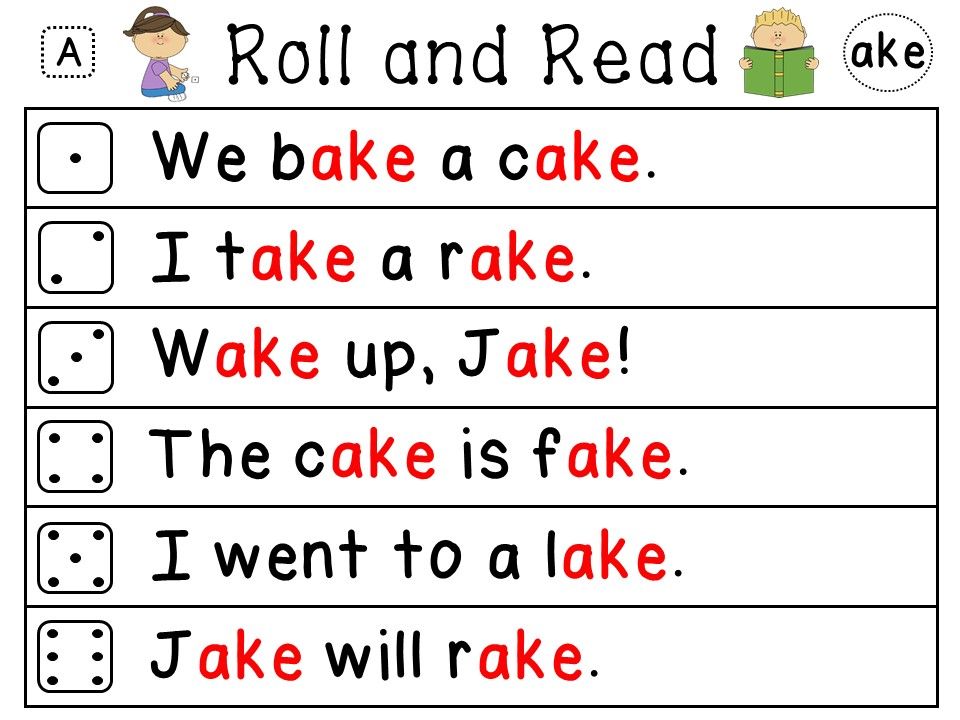 Four vowels are embroidered on each red ball, and four consonants are embroidered on the blue one. Games with such balls are very diverse. So, for example, in game No. 6, the child names a vowel sound or a word that begins with a vowel sound (if the speech therapist throws him a red ball) and a consonant (if the ball is blue). Multi-colored balls are also used for the analysis and synthesis of syllables and words. So, in game No. 13, children, on the instructions of a speech therapist, reproduce the reverse syllables AP, UT, OK, and then this syllable is laid out from the balls. In game number 14, children make up words from balls, read, analyze them.
Four vowels are embroidered on each red ball, and four consonants are embroidered on the blue one. Games with such balls are very diverse. So, for example, in game No. 6, the child names a vowel sound or a word that begins with a vowel sound (if the speech therapist throws him a red ball) and a consonant (if the ball is blue). Multi-colored balls are also used for the analysis and synthesis of syllables and words. So, in game No. 13, children, on the instructions of a speech therapist, reproduce the reverse syllables AP, UT, OK, and then this syllable is laid out from the balls. In game number 14, children make up words from balls, read, analyze them.
1. The game "We knock the ball with the palm of our hand, we repeat the sound together"
Purpose: development of phonemic perception, speed of reaction, consolidation of knowledge of vowel sounds.
Adult: When you hear the sound "A", hit the ball on the floor. After catching the ball, repeat this sound.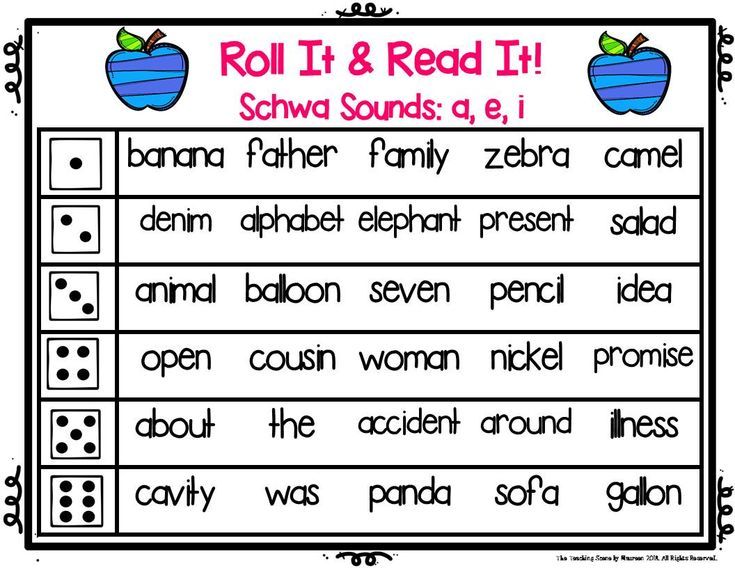 A - U - O - U - A - A - O - U
A - U - O - U - A - A - O - U
2. The game "The vowel sound will be heard by the ears, the ball flies over the crown"
Purpose: development of phonemic perception, speed of reaction, selection of a given vowel from a series others.
Teacher: I will name the vowel sounds. Throw the ball when you hear the "E" sound. A - E - U - S - E - A - U - O - A - E - S - E
, fixing the pronunciation of vowel sounds.
Version 1 . An adult invites children to sing a vowel sound while rolling the ball on the table. The child takes a breath, smoothly rolls the ball to a friend, singing the vowel: A - A - A - A - A - A
Option 2. The game can be played sitting on the floor - in a circle or in pairs, singing the vowel sounds given by the speech therapist and rolling the ball. The teacher draws the children's attention to the fact that the ball should be rolled smoothly, the sound should be sung slowly.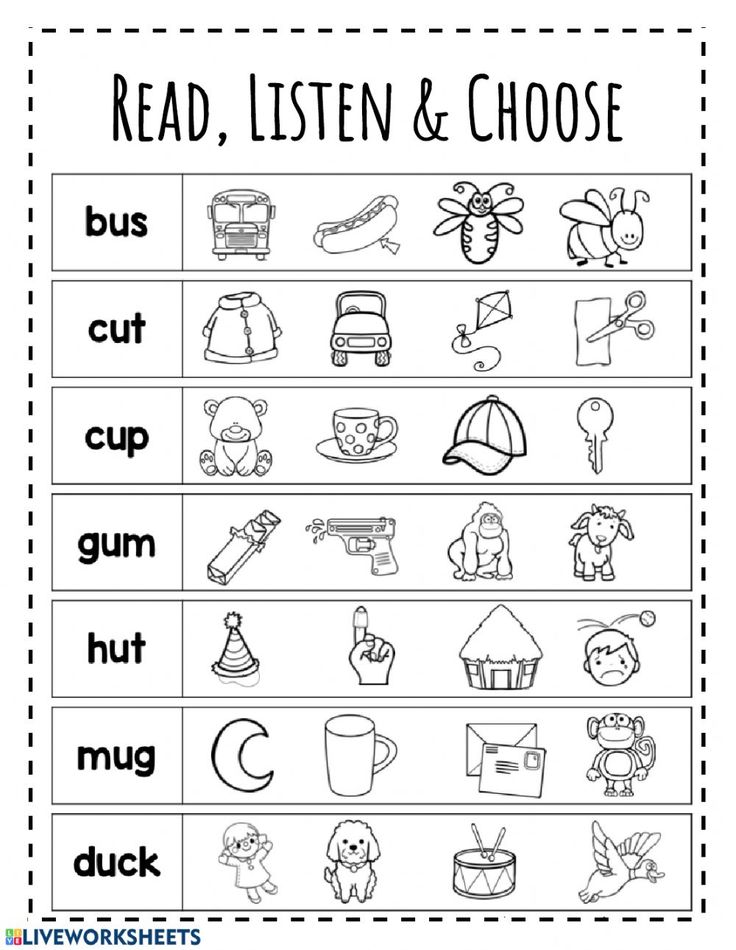
4. The game "Knocker" I want to say sounds And I knock on the ball.
Purpose: training of a clear pronunciation of vowels, development of phonemic perception.
Game progress. Children and teacher sit in a circle. The ball is clamped at each between the knees. The teacher pronounces vowel sounds by tapping the ball with his fist. Children repeat individually and in chorus. Sounds are practiced in isolated pronunciation with a gradual increase in the number of repetitions per exhalation, for example: A AA AAA E uh uh O 00 000 UU UUU Then you can pronounce various combinations of sounds: AAE AEO AAU
5. The game "Singing balls" First I knock on the ball, And then I roll it.
Purpose: fixing short and long pronunciation of vowels, developing phonemic perception, fixing a long oral exhalation.
Game progress. Children are distributed in pairs and sit facing each other at a distance of three meters.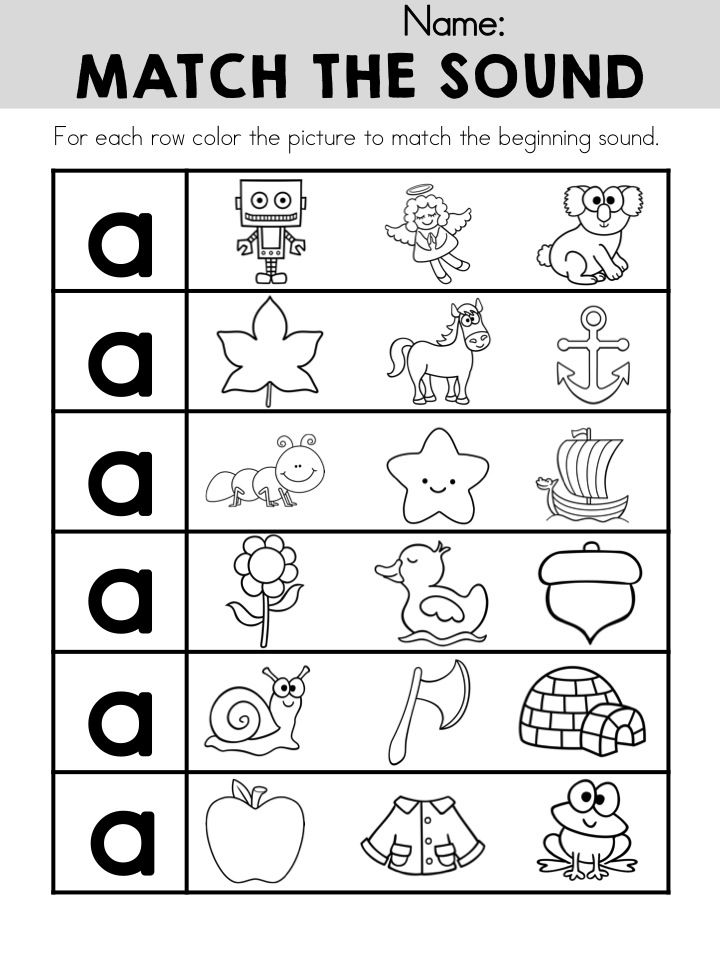 Each pair has a ball. The teacher pronounces combinations of vowel sounds. The last sound is pronounced for a long time, sung. For example: A A Uh-uh-uh. U E A~a~a-a~a. The first two sounds are accompanied by a fist hitting the ball; singing the third sound, the child rolls the ball to the partner. Rolling the ball is emphatically smooth, long-lasting, as is the pronunciation of a vowel sound.
Each pair has a ball. The teacher pronounces combinations of vowel sounds. The last sound is pronounced for a long time, sung. For example: A A Uh-uh-uh. U E A~a~a-a~a. The first two sounds are accompanied by a fist hitting the ball; singing the third sound, the child rolls the ball to the partner. Rolling the ball is emphatically smooth, long-lasting, as is the pronunciation of a vowel sound.
6. The game "Colorful balls" Red is a vowel. Blue - no. What's the sound? Give me an answer!
Purpose: strengthening the differentiation of vowels and consonants, development of attention, speed of thinking. Equipment: red and blue balls.
Game progress.
Option 1 .adult throws the ball to the children. The catcher calls a vowel if the ball is red, a consonant if the ball is blue, and throws the ball back.
Option 2 . The child calls a word that begins with a vowel sound if the ball is red. And if the ball is blue, then the child calls a word that begins with a consonant sound.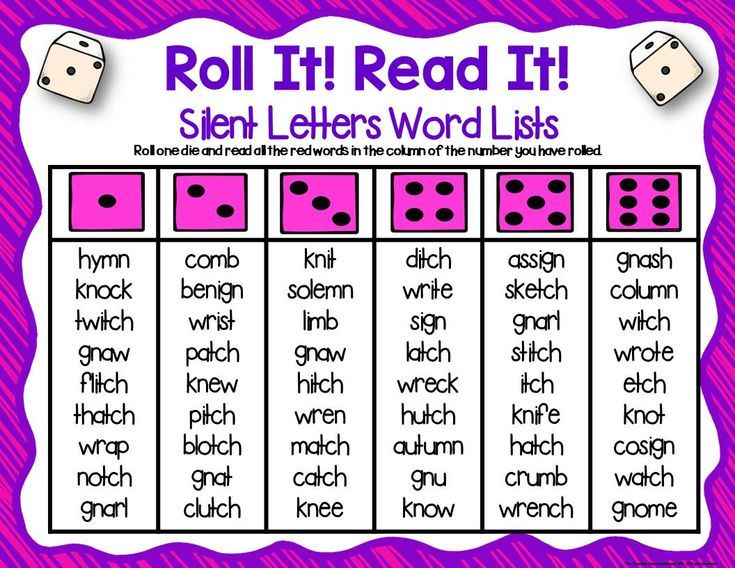
7. Quiet-loud game We rode through the mountains, Sang here and sang there.
Purpose: strengthening the articulation of vowels, developing phonemic perception, working on the power of the voice.
Equipment: small balls.
Game in progress. Singing a given sound according to a speech therapist's demonstration. The strength of the voice is commensurate with the direction of the movement of the hand. As the hand with the ball moves up (up the hill), the strength of the voice increases, down (down the hill) it decreases. When the hand with the ball moves horizontally (the ball rolls along the track), the strength of the voice does not change. In the future, the children independently give the task to each other.
8. Ball passing game "Pass the ball - name the word"
Purpose: development of phonemic representations, speed of reaction.
Game in progress. The players line up in a column.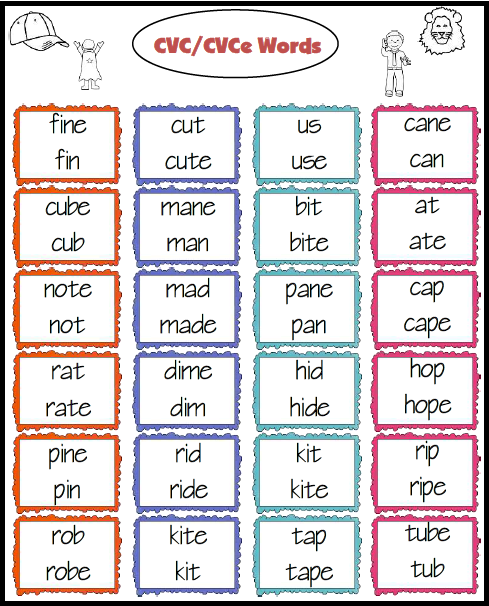 The players standing first have one large ball (diameter 25-30 cm). The child calls a word to a given sound and passes the ball back with both hands above his head (other ways of passing the ball are possible). The next player independently invents a word for the same sound and passes the ball further.
The players standing first have one large ball (diameter 25-30 cm). The child calls a word to a given sound and passes the ball back with both hands above his head (other ways of passing the ball are possible). The next player independently invents a word for the same sound and passes the ball further.
9. The game with the transfer of the ball "Sound chain" We will connect a chain of words. The ball will not give a point.
Purpose: development of phonemic concepts, activation of the dictionary.
Game in progress. The teacher calls the first word and passes the ball to the child. The ball is then passed from child to child. The final sound of the previous word is the initial sound. For example: spring - bus - elephant - nose - owl ...
10. Ball tossing game "One hundred questions - one hundred answers with the letter A (I, B), and only with this"
Purpose: development phonemic representations, imagination.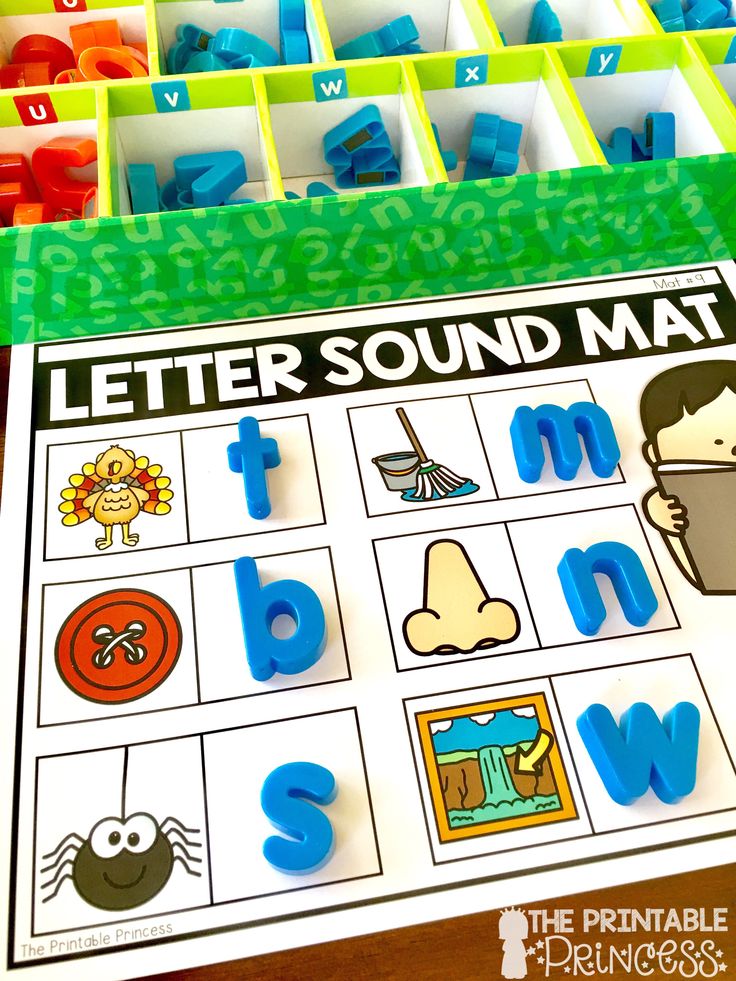
Game progress. The teacher throws the ball to the child and asks him a question. Returning the ball to the speech therapist, the child must answer the question so that all the words of the answer begin with a given sound, for example, with the sound I. Example: - What is your name? - Ira (Ivan). - And the surname? — Ivanova. - Where are you from? — From Irkutsk. - What grows there? - Figs. What kind of birds are found there? — Orioles. What gift will you bring to your family? - Butterscotch and toys.
11. The game "Syllable and syllable - and there will be a word, we will play the game again"
Option 1. Purpose: to consolidate the ability to add a syllable to a word.
Game progress: the teacher says to the children: - I will say the first part of the word, and you will say the second: sa - har, sa - ni. Then the adult alternately throws the ball to the children and says the first syllable, the children catch and throw it back, naming the whole word. You can throw the ball on the floor.
You can throw the ball on the floor.
Option 2. Purpose: differentiation of sounds, development of attention, speed of thinking.
Game in progress. An adult throws a ball to the children, calling the first syllable: “sa” or “sha”, “su” or “shu”, “so” or “sho”, “sy” or “shi”. The child completes the word. For example: Sha-shars sasans sho-shoroh so-forty shuba- fur coat bag shi ~ tires cheese cheese
12. Game with throwing the ball “Catch the ball - once! And two - we will unravel the words!
Course of the game: Throwing the ball to the children, the teacher says the words, and the children, returning the ball, repeat them: Plate, cave, room, dishes, showcase, well. Then the speech therapist confuses the words by rearranging the syllables. And the children MUST unravel them educator: Children: reltaka - a plate of shchepera - a nakomta cave - a soup room - dishes trivina - a showcase of a lokodets - a well
13.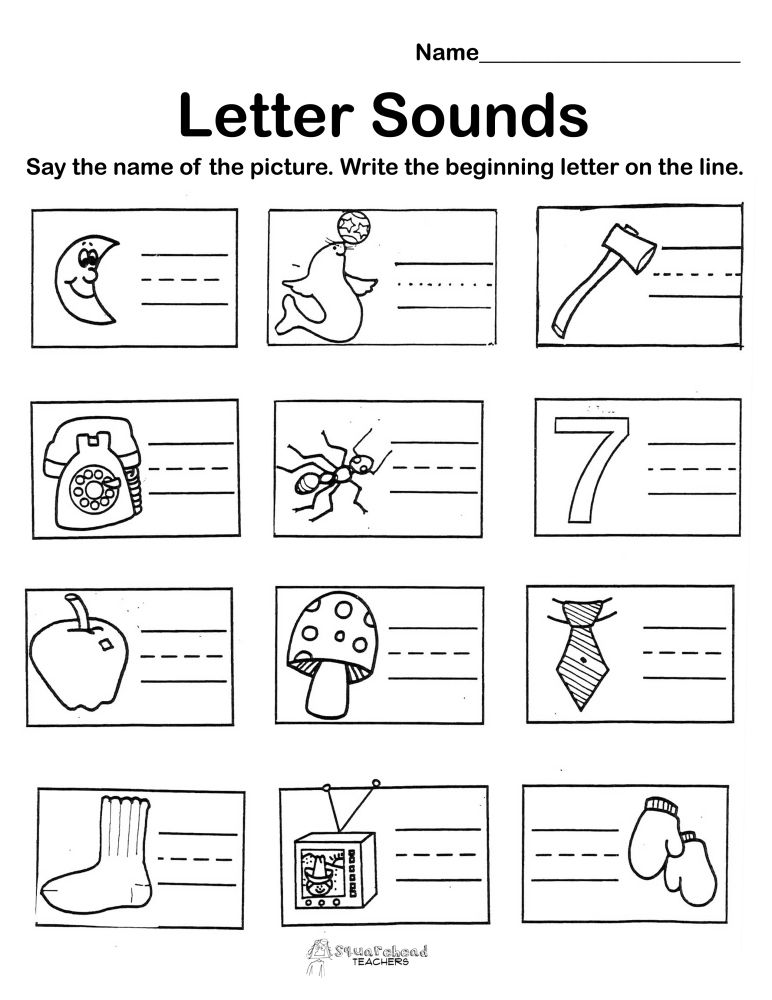 Sound Toys Game Prick up your ears: Sounds will tell you toys.
Sound Toys Game Prick up your ears: Sounds will tell you toys.
Purpose: analysis and synthesis of reverse syllables and consolidation of confluence syllables .
Equipment: red and blue balls made of fabric with letters embroidered on the sides representing vowels and consonants.
Progress of the game the teacher calls two children: "These are sounding toys, they can sing and speak." Names sounds in the children's ears that they will have to sing or pronounce. “Now I will press the button and our toys will talk” (he touches the children in turn). "Children-toys" reproduce their sounds, and the rest of the children verbally "read" the resulting syllable. Children determine which sound they heard first, which sound second, and reproduce the syllable together with “sounding toys”. Then the reverse syllable is laid out from balls with letters and read.
14. Game "Catch the ball - make up the word" We caught three balls - we will say the word now.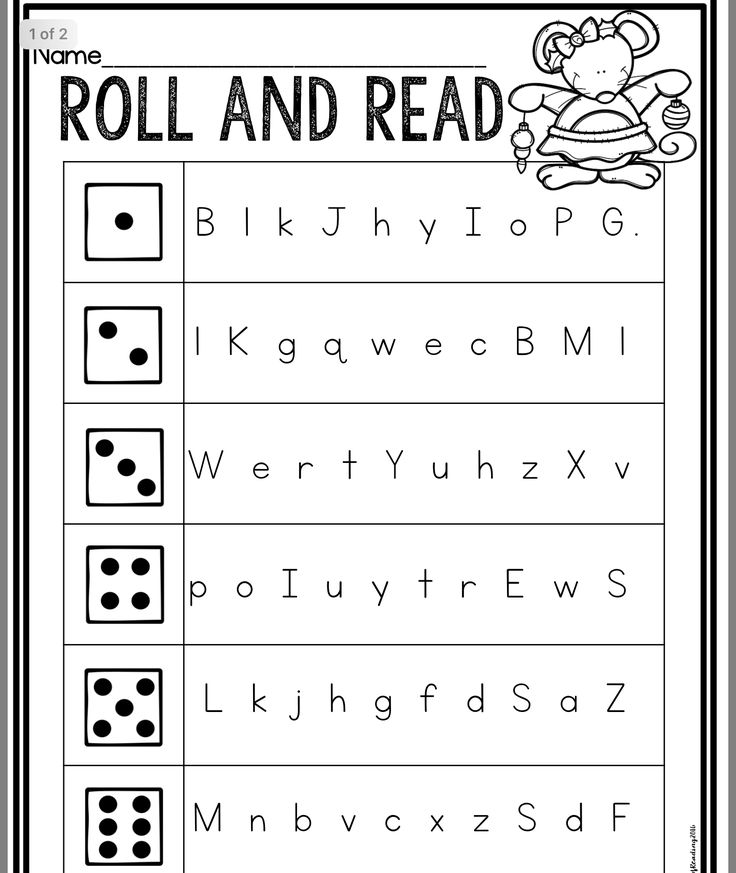
Purpose: compilation of three-sound words and their analysis. Equipment: fabric balls with vowels and consonants embroidered on them.
Game progress. An adult throws a ball to each child, naming the sounds of the intended word: M - A - K D - O - M K - O - T Children find on their ball the letter corresponding to the named sound, and make up a word from the balls, read, analyze it.
15. Game with throwing the ball "Catch the ball and throw the ball - how many sounds, name"
Purpose: determining the sequence and number of sounds in a word.
Game progress. An adult, throwing the ball, pronounces the word. The child who caught the ball determines the sequence of sounds in the word and names their number. Subsequence. Three-sound words like: MAK, SLEEP, KIT. Four-sound words with open syllables: RAMA, MAMA. Four-sound words with a confluence of consonants: MOLE, TABLE, DISPUTE.
16. Game "I will meet a word on the road - I will break it into syllables"
Purpose: training the ability to divide words into syllables, developing attention, quickness of thinking.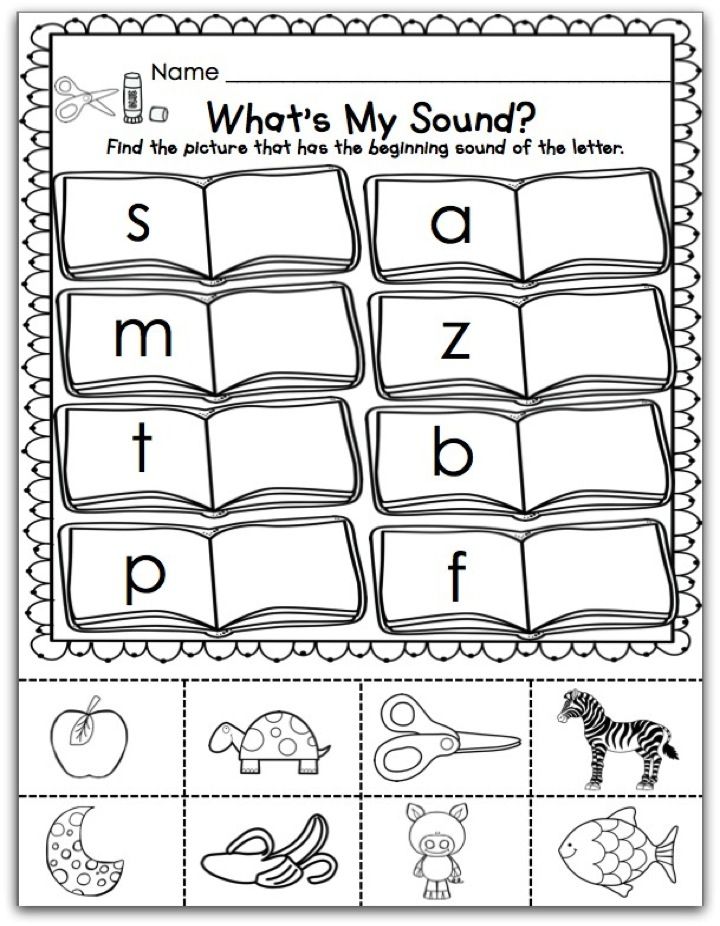
Game progress An adult throws a ball to the children, naming one-syllable, two-syllable and three-syllable words. The child who caught the ball determines the number of syllables, calls them and throws the ball back. You can invite children to pronounce the word by syllables, while simultaneously beating the syllables with a ball.
17. Game with throwing the ball "Change this word, change - lengthen"
Purpose: expansion of vocabulary, development of attention, quickness of thinking
Course of the lesson: An adult throws a ball to children, while pronouncing a one-syllable word: garden, bush , nose, knife, table. The child who caught the ball, before throwing it back, changes the word so that it becomes two-syllable (nose - noses) or three-syllable (house - houses). The number of syllables is determined.
11 speech development games
To learn to read and write without any problems, to perceive and understand words correctly, to master any foreign language, a child must be able to distinguish sounds. Scientifically, this is called phonemic hearing. How to develop it in children of different ages, says psychologist and preschool teacher Svetlana Pyatnitskaya.
Scientifically, this is called phonemic hearing. How to develop it in children of different ages, says psychologist and preschool teacher Svetlana Pyatnitskaya.
Svetlana Pyatnitskaya, preschool teacher, child and perinatal psychologist, author of educational programs for preschool children
How is phonemic hearing formed in children? Of course, in practice: in the perception of someone else's oral speech, in their own pronunciation of words. When it is well developed, the child is able to distinguish by ear the sounds of speech, and in the future - to correctly reproduce them, correlate letters and sounds. That is why it is very important that parents talk a lot with their children, read simple poems to them from a very early age, even before school. Teach toddlers to distinguish sounds in the form of fun games.
For 2-3 year olds
The purpose of games at this age is to maintain the baby's attention and interest in sounding speech, to encourage him to repeat after an adult. Start with game "Who is calling you?" . You will need small toys in the form of various animals or pictures with their image. Place toys or pictures in boxes: these will be animal houses. Open each box in turn and show the toy. Name it and say the appropriate onomatopoeia: “This is a duck. She quacks: "Quack-quack", and this is a cow, and she lows: "Moo-mu". Invite the baby to repeat these sounds: “How does the frog talk? And the dog? Then take the animals "home" and tell the baby: "They want to play with you. Guess who's calling you?" Call the baby on behalf of each character. The game can be made more difficult by adding new animals
Start with game "Who is calling you?" . You will need small toys in the form of various animals or pictures with their image. Place toys or pictures in boxes: these will be animal houses. Open each box in turn and show the toy. Name it and say the appropriate onomatopoeia: “This is a duck. She quacks: "Quack-quack", and this is a cow, and she lows: "Moo-mu". Invite the baby to repeat these sounds: “How does the frog talk? And the dog? Then take the animals "home" and tell the baby: "They want to play with you. Guess who's calling you?" Call the baby on behalf of each character. The game can be made more difficult by adding new animals
For 3-4 year olds
Hammers can be played anywhere, no props are required. You tell the kid: “I have a big hammer. He knocks like this: "Knock-knock-knock." I have a small hammer. He knocks like this: "Knock-knock-knock". Ask the child to close his eyes and determine which hammer is now knocking. Say the appropriate sounds.
Say the appropriate sounds.
Mother and Baby can also be played anywhere, you only need to know the text well. You say: “Once upon a time there was a cat. She gave birth to a kitten. A mother cat began to teach her baby kitten to meow. The cat meowed loudly: “Meow-meow-meow!”. And the kitten quietly repeated: "Meow-meow-meow." The kitten saw a butterfly and ran after it. The cat noticed that the kitten ran away and began to call him. But as? Loudly: "Meow-meow." And the kitten meowed in response to her. How? Quietly: "Meow-meow." The kitten returned to its mother. She began to praise him that he had heard her. Show how she praised him? And how did the kitten answer her? Make the game harder by adding other animals to it. If there are a lot of players, you can give the kids cards with pictures of animals and their cubs. In turn, "mothers" loudly call "children", and those, in accordance with their cards, answer them.
For children 4-5 years old
A very useful game that develops the clarity of pronunciation - "Repeat" .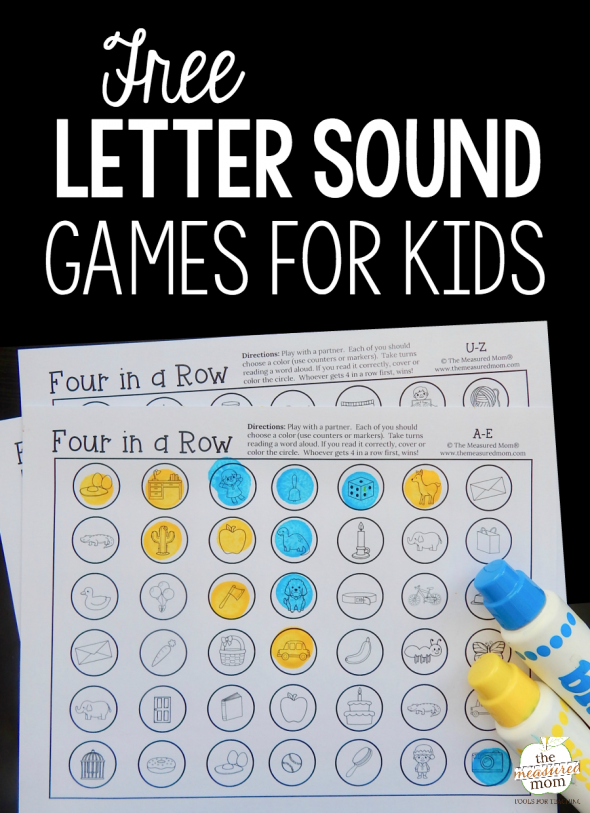 Learn this funny couplet:
Learn this funny couplet:
For-for-for - there is a goat in the yard.
Zu-zu-zu - I'm not afraid of that goat!
Children love to rhyme words. Encourage their imagination! You went out into the street and saw a wheel - a tractor, a big car, just a tire dug into the ground. Draw the baby's attention to the wheel, while showing with your hands how big it is: "So-so-so - that's what a wheel!". Offer to communicate for a while only like this: “Ba-ba-ba - mom, give me bread! Ta-ta-ta - eat, son, please.
Compound ball. If you are playing alone, stand in front of a child, if there are several children, let them surround you. Throw a ball to each participant in turn, while saying any syllable. The task of the participant is to catch the ball and throw it back to you, clearly repeating the syllable.
For ages 5-6
Catch the Sound . Before the game, agree that you are hunters: you will catch sounds.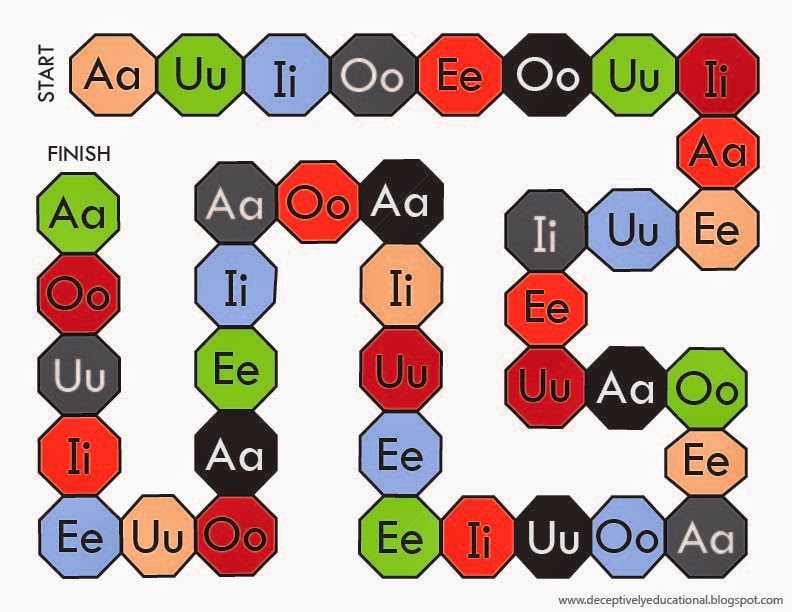 You name the words, and the child clap their hands only if the word has the selected sound. Let's say the sound [sh]. You say, pausing: "Cat, mouse, pen, midge, tussock, noodles, river, reeds, monkey, fur coat." At first, it is worth highlighting the desired sound intonation, pronouncing it as a long one.
You name the words, and the child clap their hands only if the word has the selected sound. Let's say the sound [sh]. You say, pausing: "Cat, mouse, pen, midge, tussock, noodles, river, reeds, monkey, fur coat." At first, it is worth highlighting the desired sound intonation, pronouncing it as a long one.
Stop . Children turn into different animals: elephants, hares, bears. Imitating the movements of the selected animal, they walk around the room. You name words that sound similar. As soon as the children hear the word “Stop” among them, they should freeze. For example: "Moan, chair, stop, knock, stop, table, drain, stop."
6-7 year olds
Find the sound. You name a string of three words. The task of the child is to find the sound that occurs in all words. For example, for the chain "Cat, mouth, bridge" it will be [o]. The game can be made more difficult by adding a fourth word that has no sound in common with the rest.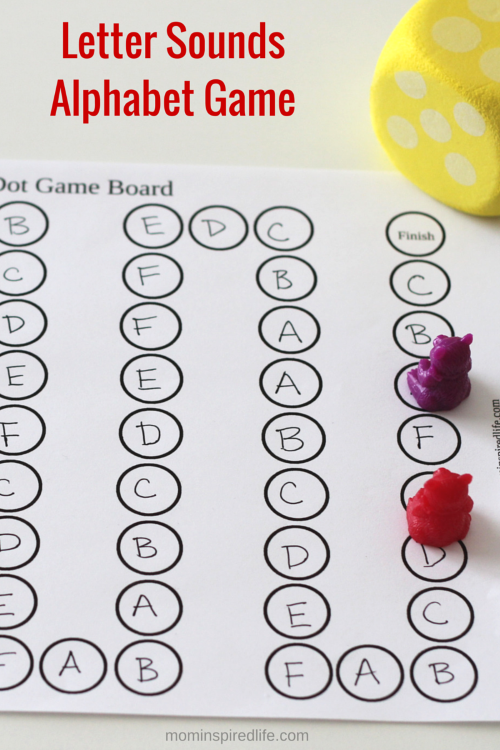 Then the task of the child is to find the superfluous.
Then the task of the child is to find the superfluous.
"Pure words" . For this game, you can choose any quatrain from the works of Agnia Barto or use similar tongue twisters:
White snow, white chalk,
The white hare is also white,
But the squirrel is not white, even White was not.
Ask the child to say these lines in different ways: in a whisper, in a normal voice, loudly, slowly, a little faster, very quickly.
For 7-8 year olds
Fun Offer . You need to make a sentence, all words in which must begin with one sound. For example, [b]: "Baran Baranovich butted the sides of poor Bobik." This game is especially fun to play in a company: let everyone say a word so that they end up with a coherent sentence. Whoever comes up with a proposal faster and longer can be rewarded with a small gift.
Hide and Seek . This game is interesting in a new, unusual environment, such as a store or clinic.